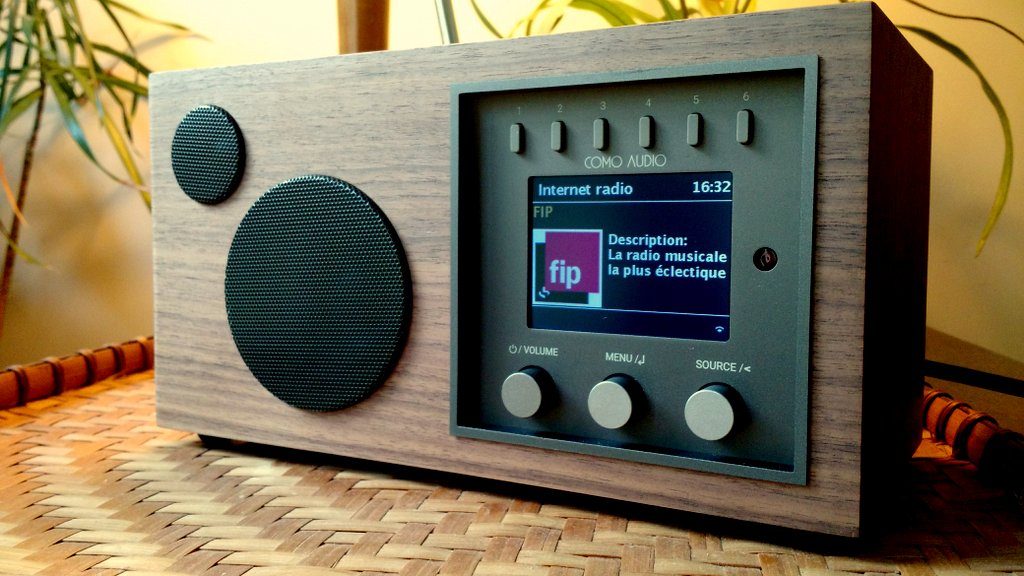I recently received a review copy of the 9th Edition of the Worldwide Listening Guide by John Figliozzi:

While WRTH is my favorite guide for radio frequencies and schedules, Figliozzi’s Worldwide Listening Guide (WWLG) is my go-to for programming and content, not only helpful on the shortwaves, but especially handy when tracking online content.
The WWLG is a unique guide–there’s nothing quite like it on the market. I look forward to each edition because it truly takes a deep dive into the world of broadcasting, technology, and programming.
“Deep dive” almost feels like an understatement. I received the latest edition only a few days before Christmas travels, so packed it in my luggage and read it over the course of a week. Being the editor of the SWLing Post, I’m in the middle of a constant stream of news items and tips about the world of broadcasting and communications technology. When I read the WWLG, however, I discover so much information about the broadcasting industry as a whole, the health of various platforms, particular media companies, and even the history and technology behind content delivery systems.
Case in point: I always assumed SiriusXM satellite radio was delivered by a network of geostationary satellites. Turns out, they use a hybrid system of both “roving” satellites that orbit in a figure 8 pattern and geostationary satellites in the Clarke Belt. The WWLG is chock-full of details like this.
Each media delivery platform–AM, Shortwave, FM, Satellite Radio, Internet (WiFi Radio), and Podcasting–has a dedicated section in the book where Figliozzi explores each in detail. He also includes a “State of the Radio Platforms” chapter where he examines the health and potential direction of each.
SWLing Post contributor, Mark Fahey, recently summed up his love of the WWLG in the following comment:
[I]t’s the best guide to digital streaming media I have ever found. An indispensable guide to the world’s public broadcasters and others broadcasters who appeal to us raised on decades of shortwave.
As shortwave transmitters close, don’t make the mistake of thinking your favourite broadcasters disappear – they in most cases continue and the Worldwide Listening Guide will guide you to them as live and on-demand programs.
I use the guide as a directory for online listening, but of course RF transmission broadcasts are comprehensively covered as well.
I agree 100%.
Like Mark and many SWLs, I’m something of a “Content DXer:” I love chasing obscure programming––news, documentaries, music, and variety shows, anything the broadcasting world has to offer. For this, I often turn to Wi-Fi radio. Wi-Fi radio offers the discerning listener the ability to track down fascinating regional content from every corner of the globe––content never actually intended for an international audience.
Digging into local content via a WiFi radio isn’t nearly as challenging or fun (for me, at least) as scanning the shortwave bands in search of elusive weak signal DX or a pop-up pirate radio station. Though my WiFi radio offers an easy and reliable way to “tune” to online content–both station streams and podcasts–the actual content discovery part is quite difficult.
Truth is, there’s so much content out there–tens of thousands of stations and shows–it’s hard to know where to start!
This is where the WWLG comes in: Figliozzi exhaustively curates thousands of programs, indexing their airing times, stations, days of broadcast, program types, frequencies, and web addresses. Additionally, he sorts the programs by genre: arts, culture, history, music, sports, and more. And Figliozzi also includes a well-thought-out directory of at least forty genres. In my shack and office, the WWLG has been an invaluable tool for content discovery.
There’s a surprising amount of information packed into this slim, spiral-bound edition of the Worldwide Listening Guide…enough to keep even a seasoned content DXer happy for years.
The 9th edition of Worldwide Listening Guide can be purchased here:












